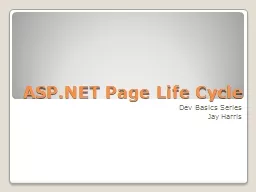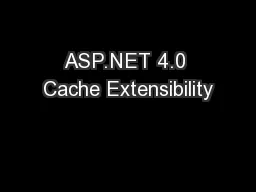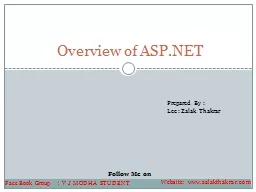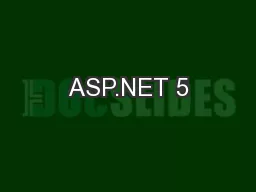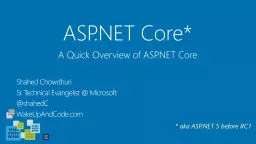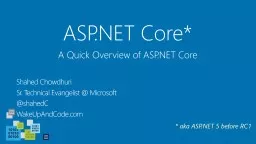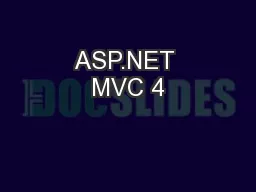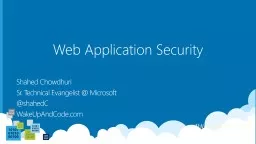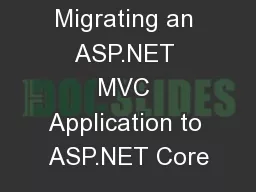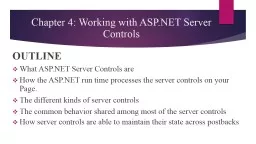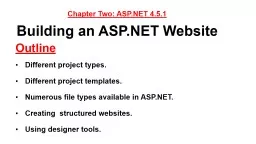PPT-ASP.NET Page Life Cycle
Author : pasty-toler | Published Date : 2015-09-19
Dev Basics Series Jay Harris Overview What to expect out of this session Discuss ASPNET Page Life Cycle Proper use of Data Binding Events Involves only ASPNET Events
Presentation Embed Code
Download Presentation
Download Presentation The PPT/PDF document "ASP.NET Page Life Cycle" is the property of its rightful owner. Permission is granted to download and print the materials on this website for personal, non-commercial use only, and to display it on your personal computer provided you do not modify the materials and that you retain all copyright notices contained in the materials. By downloading content from our website, you accept the terms of this agreement.
ASP.NET Page Life Cycle: Transcript
Download Rules Of Document
"ASP.NET Page Life Cycle"The content belongs to its owner. You may download and print it for personal use, without modification, and keep all copyright notices. By downloading, you agree to these terms.
Related Documents

